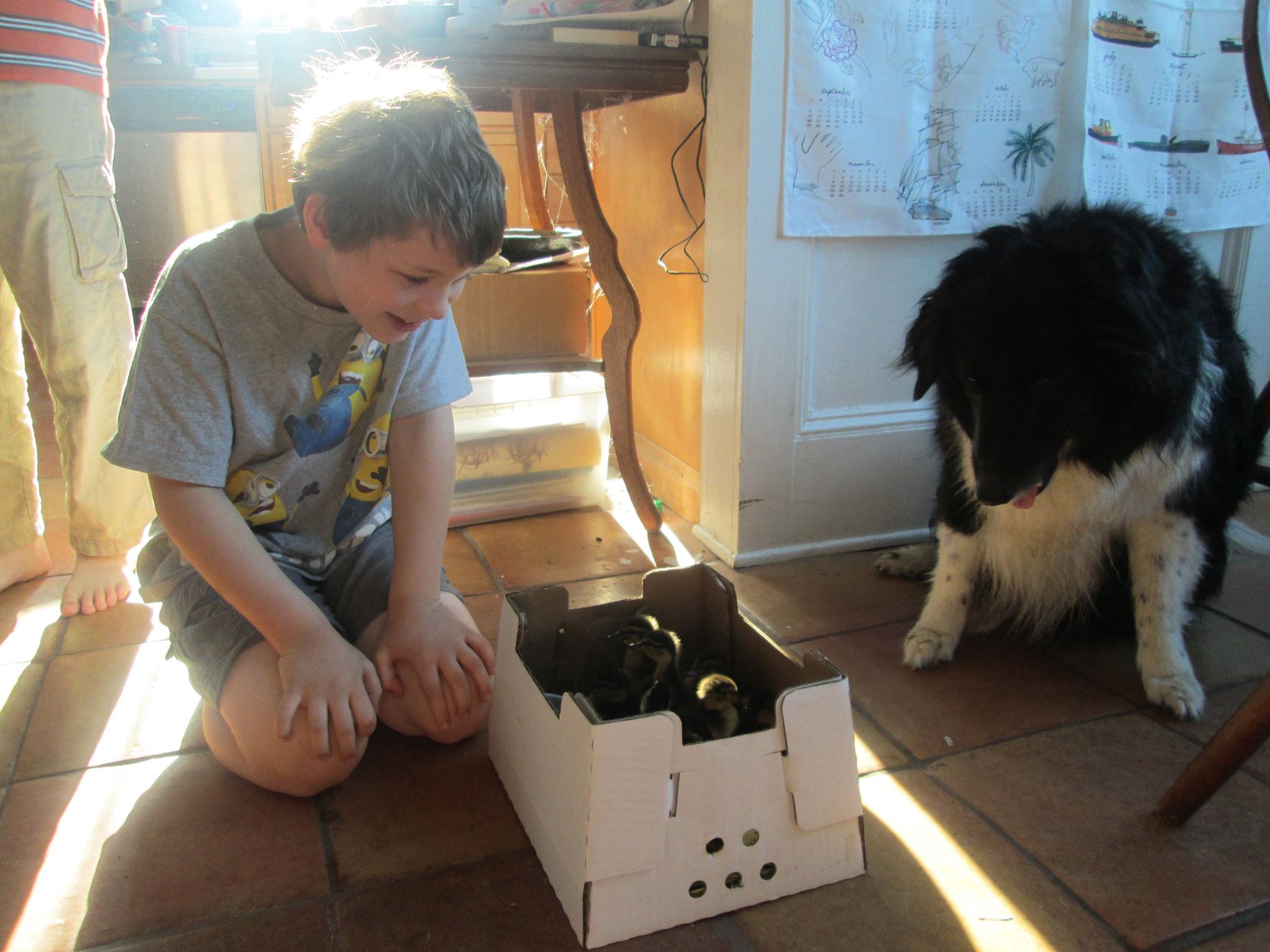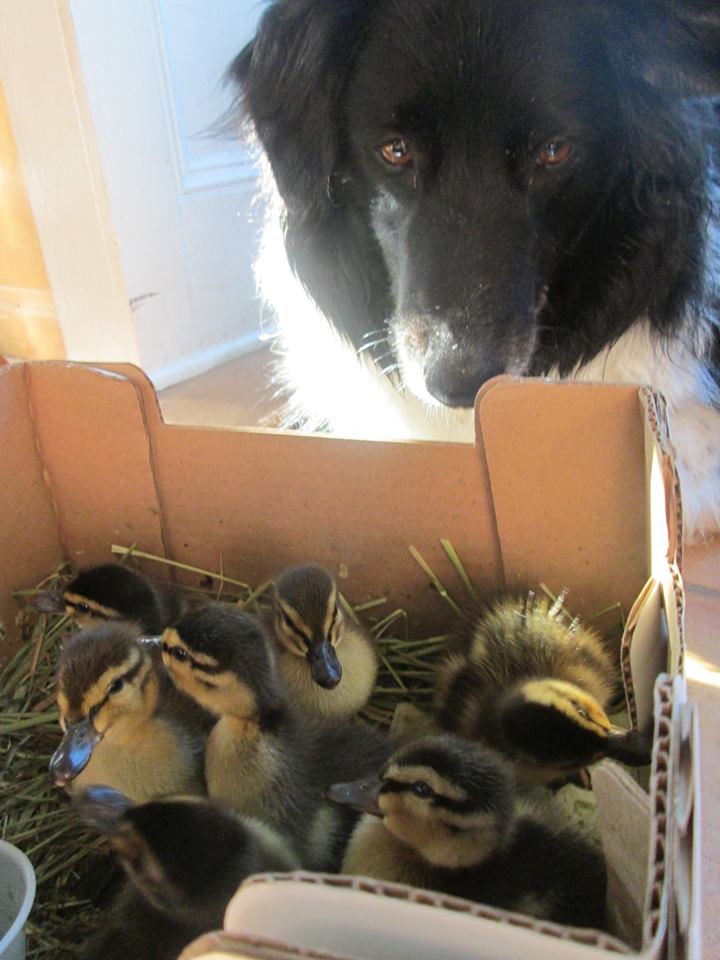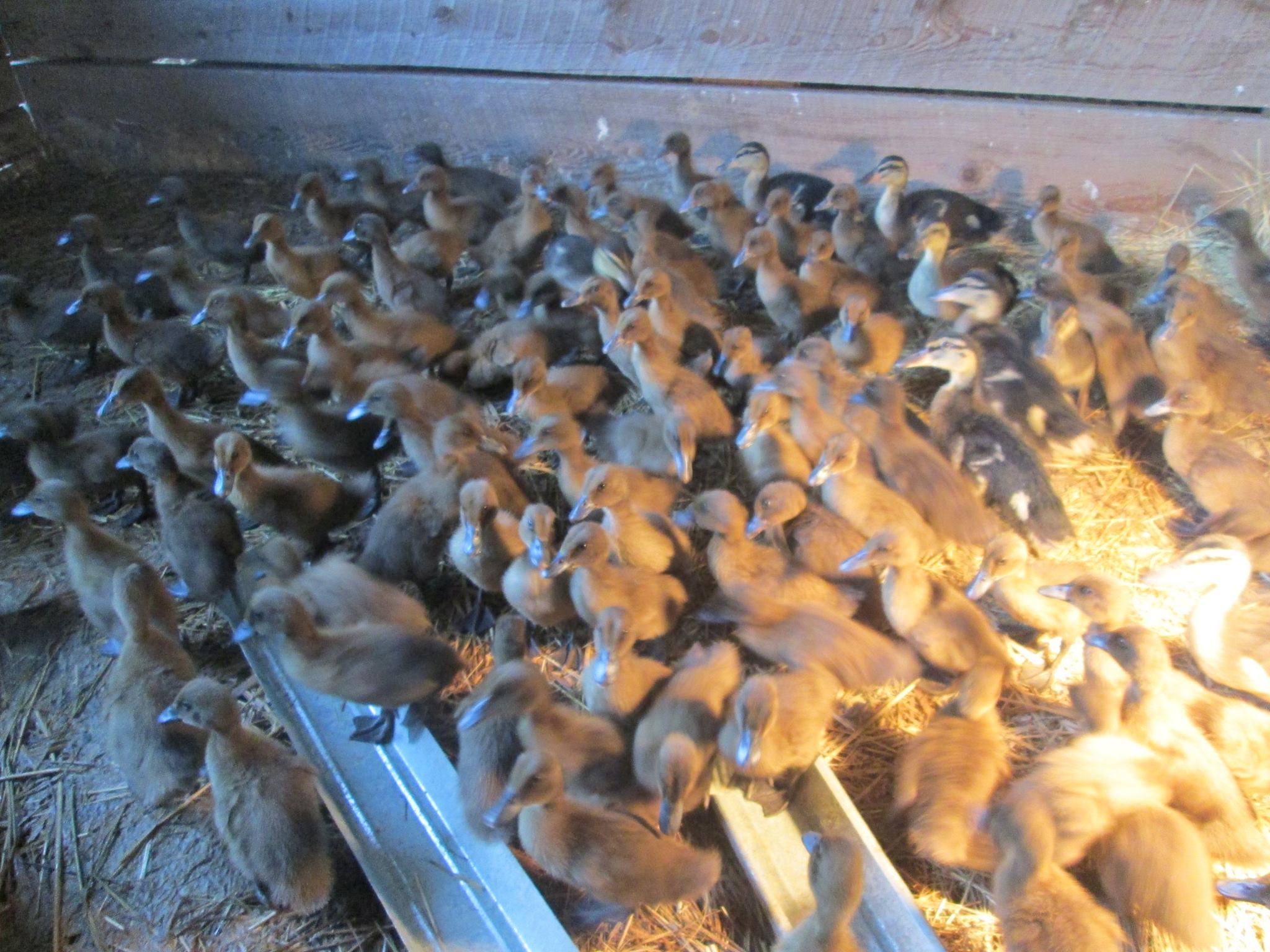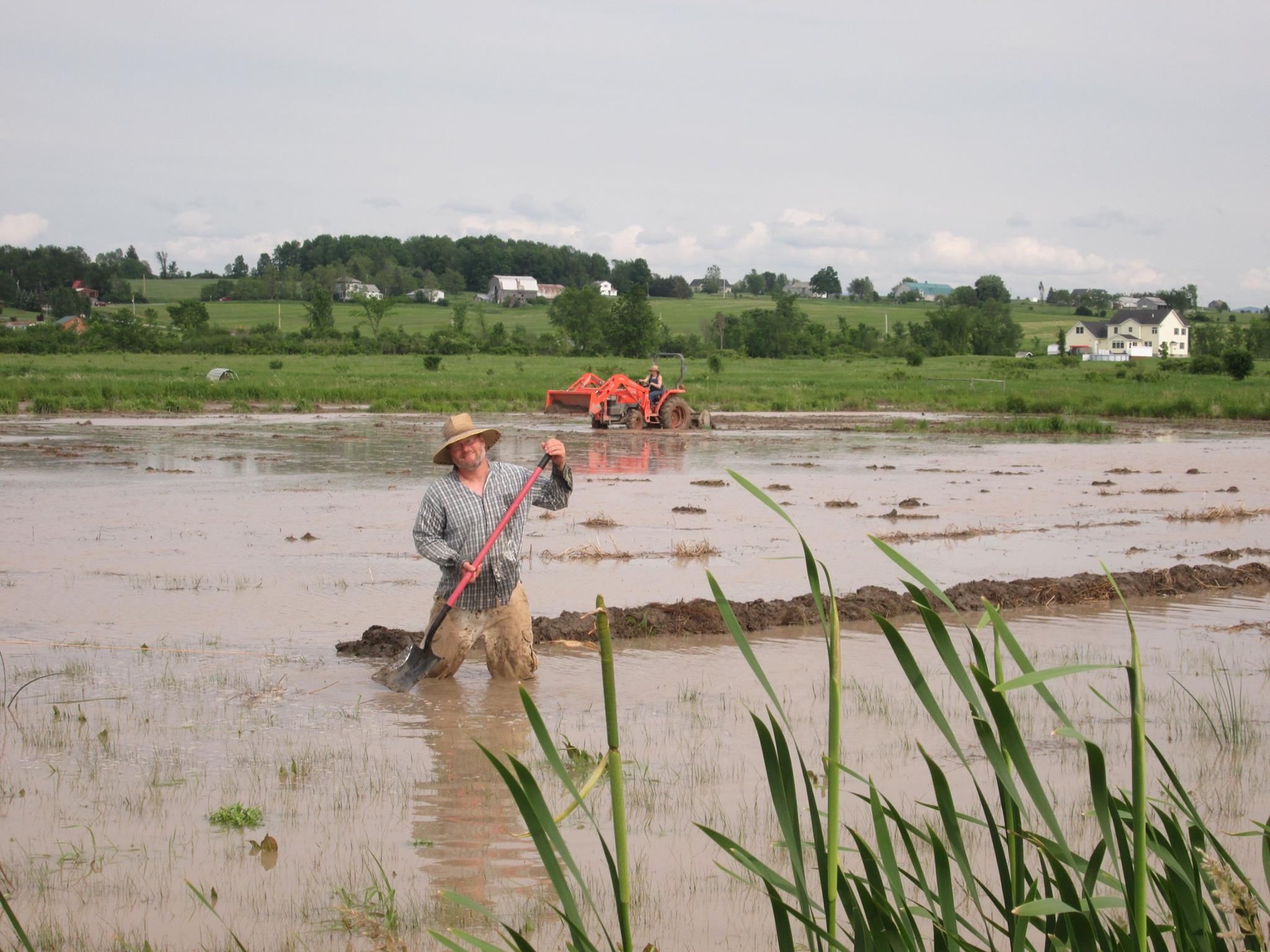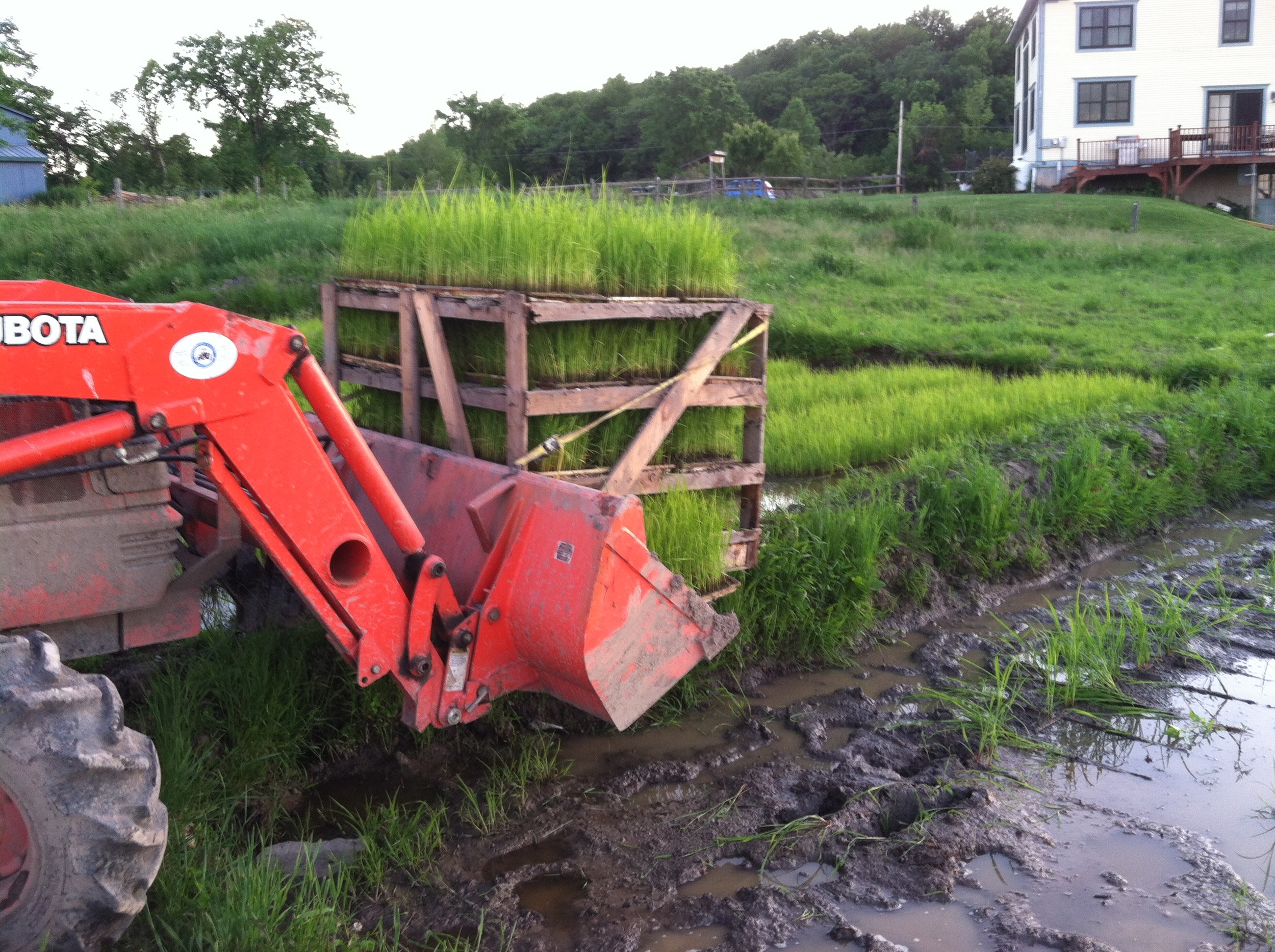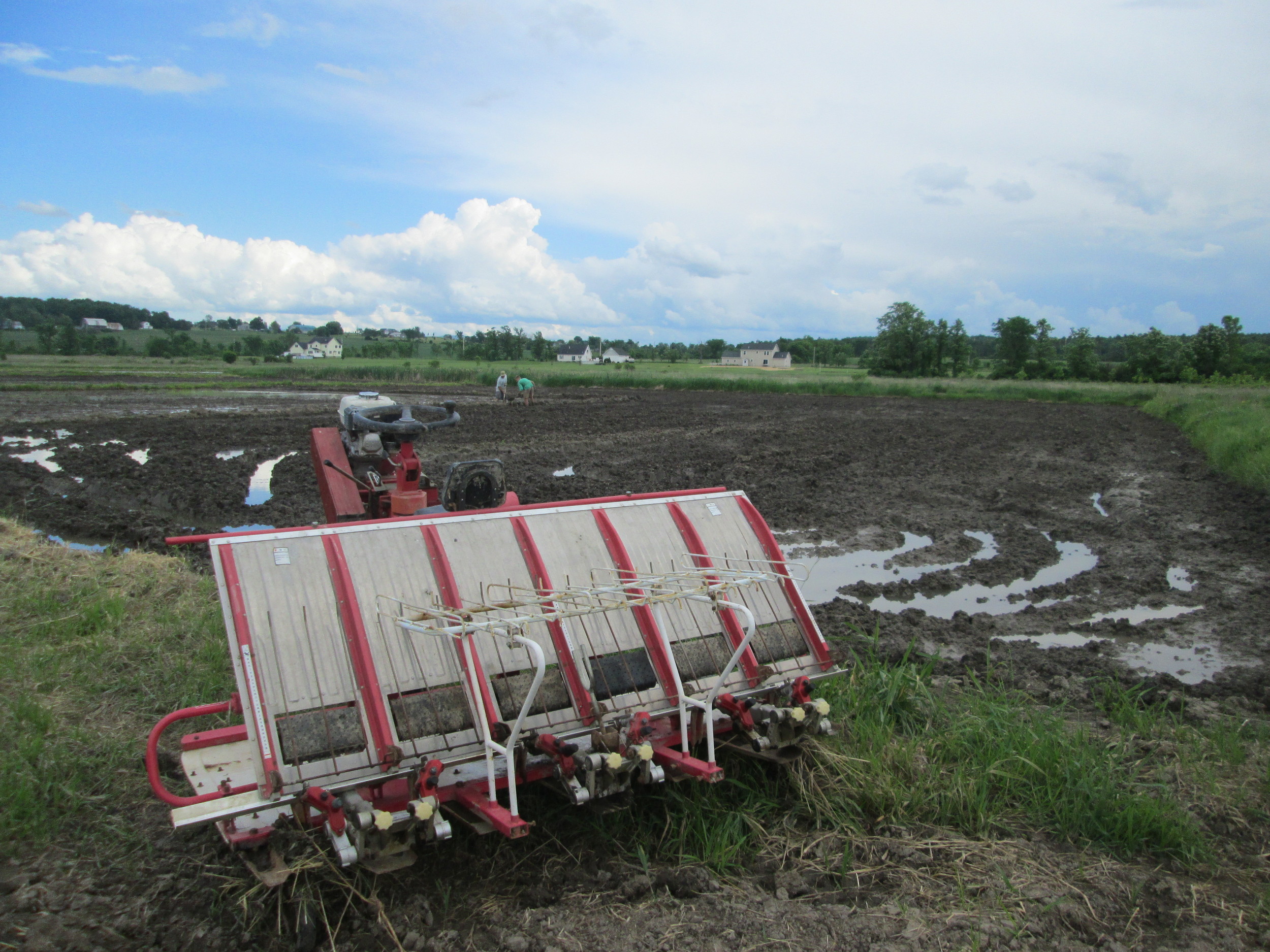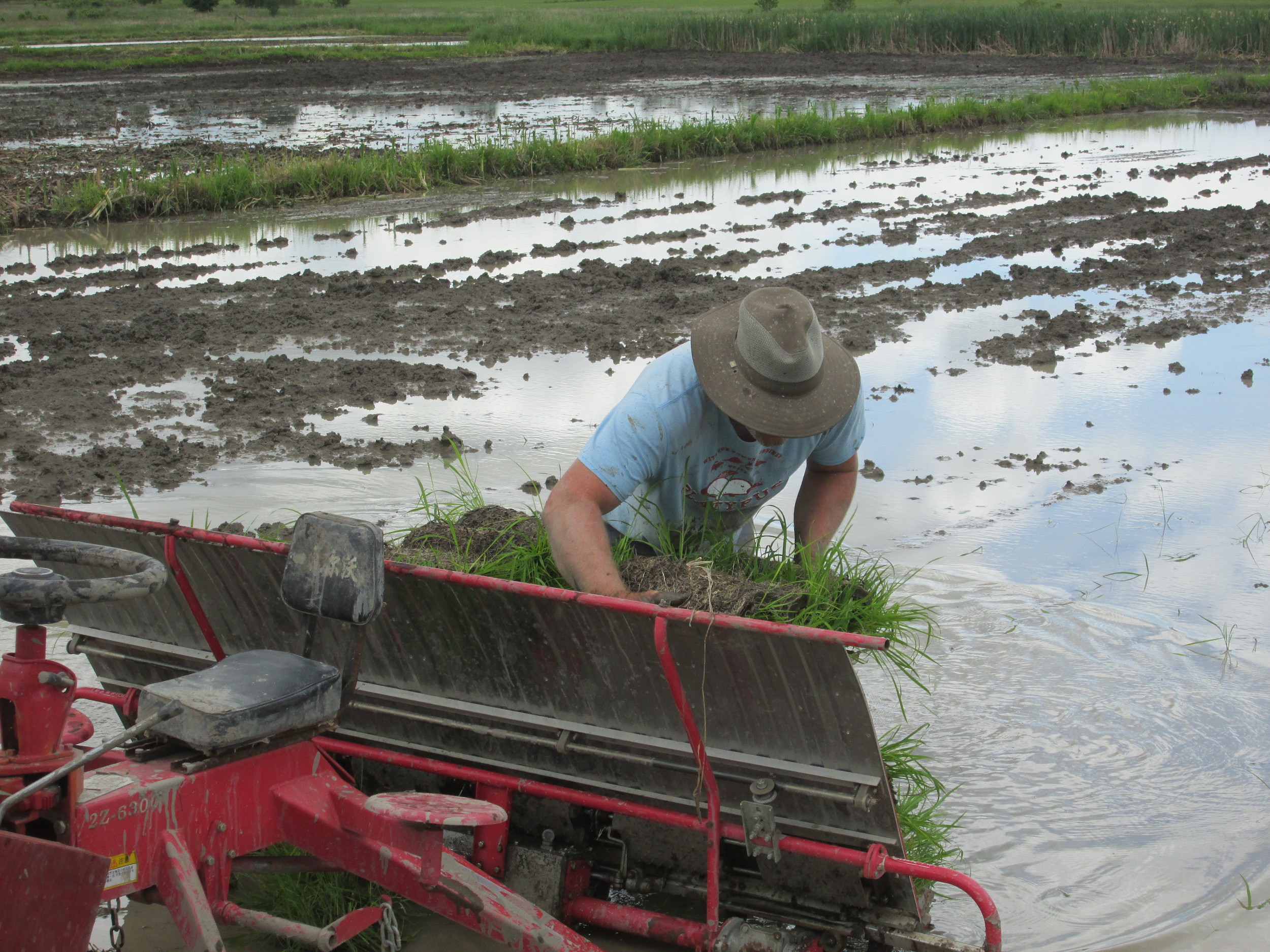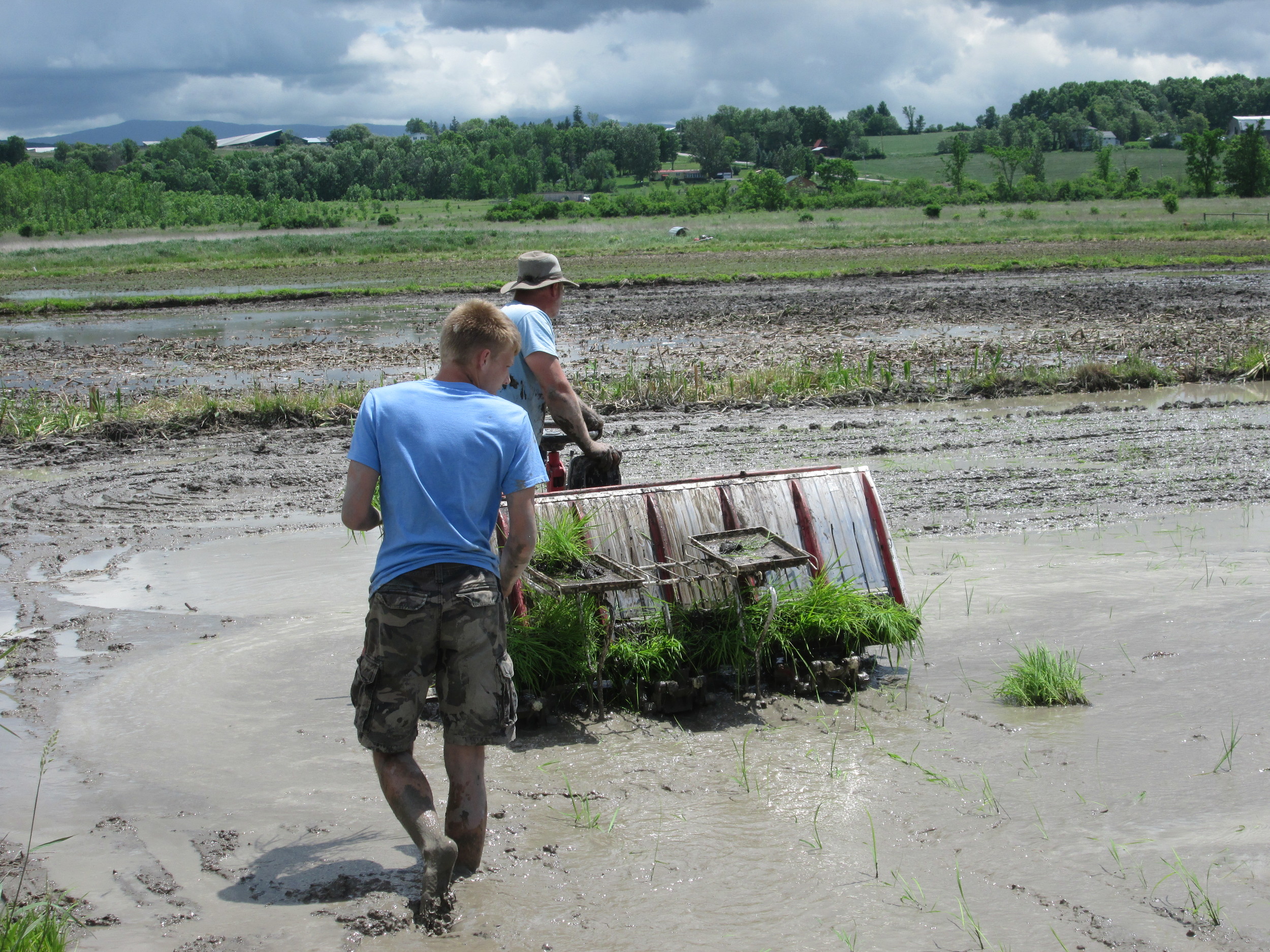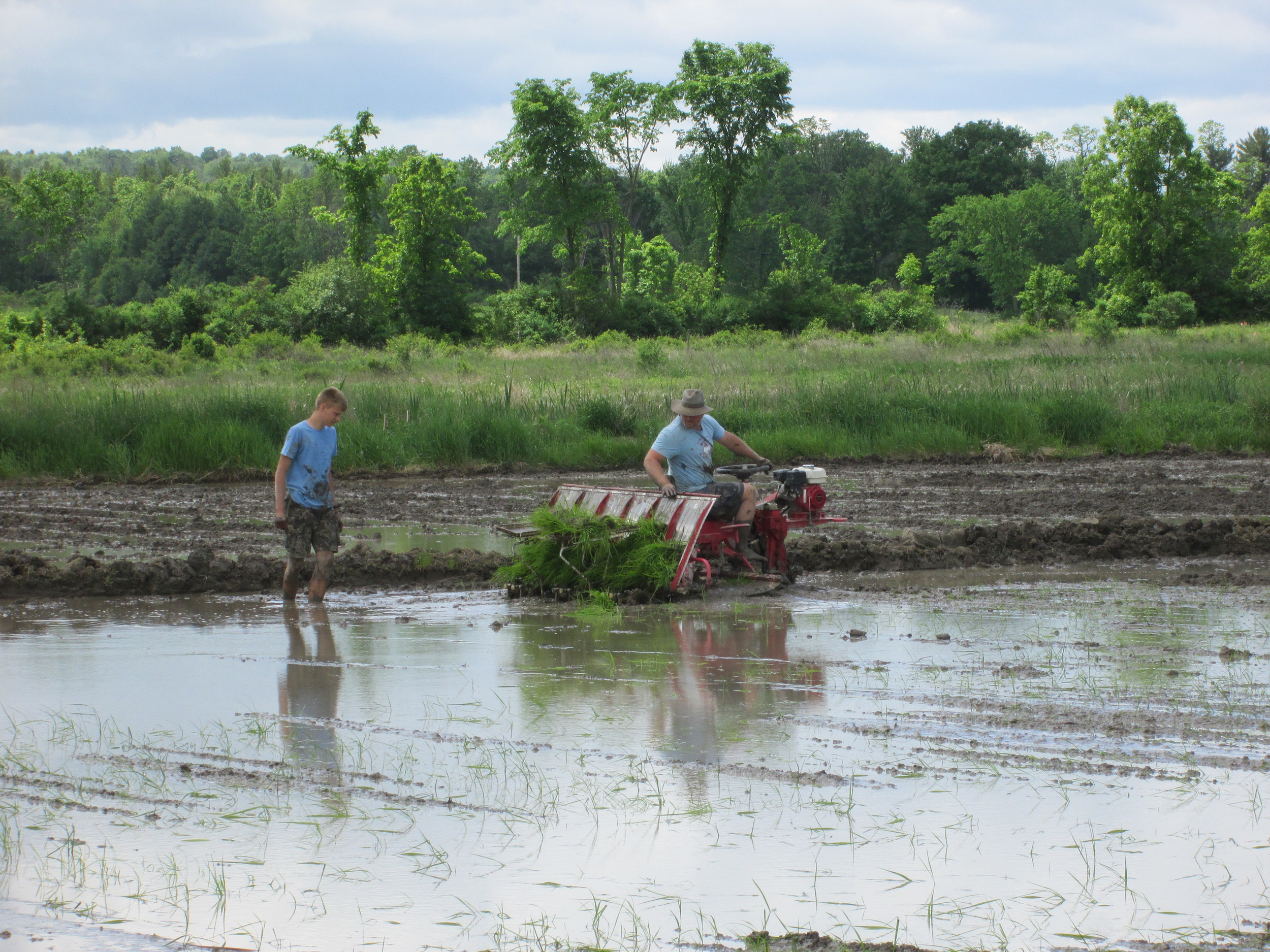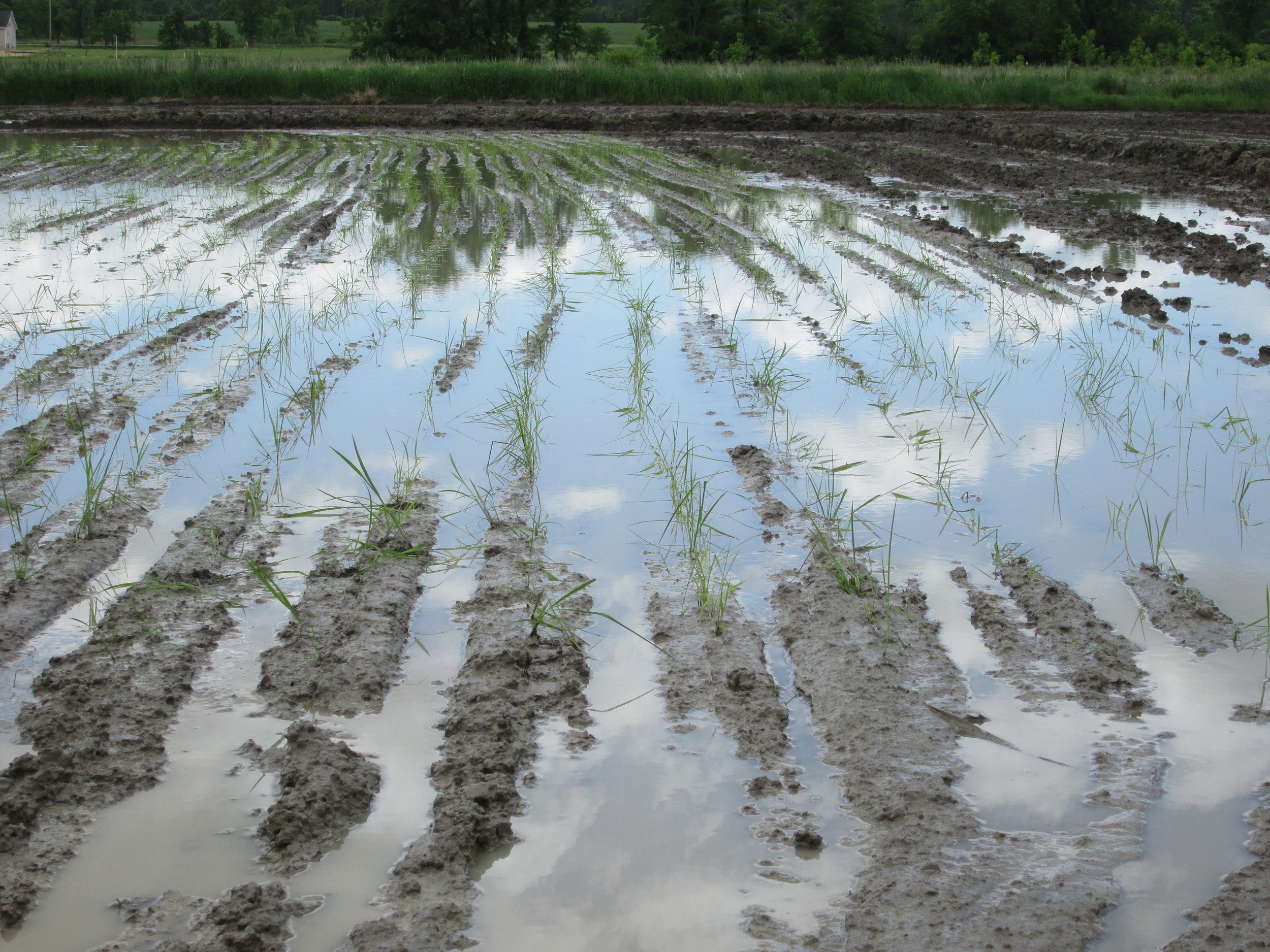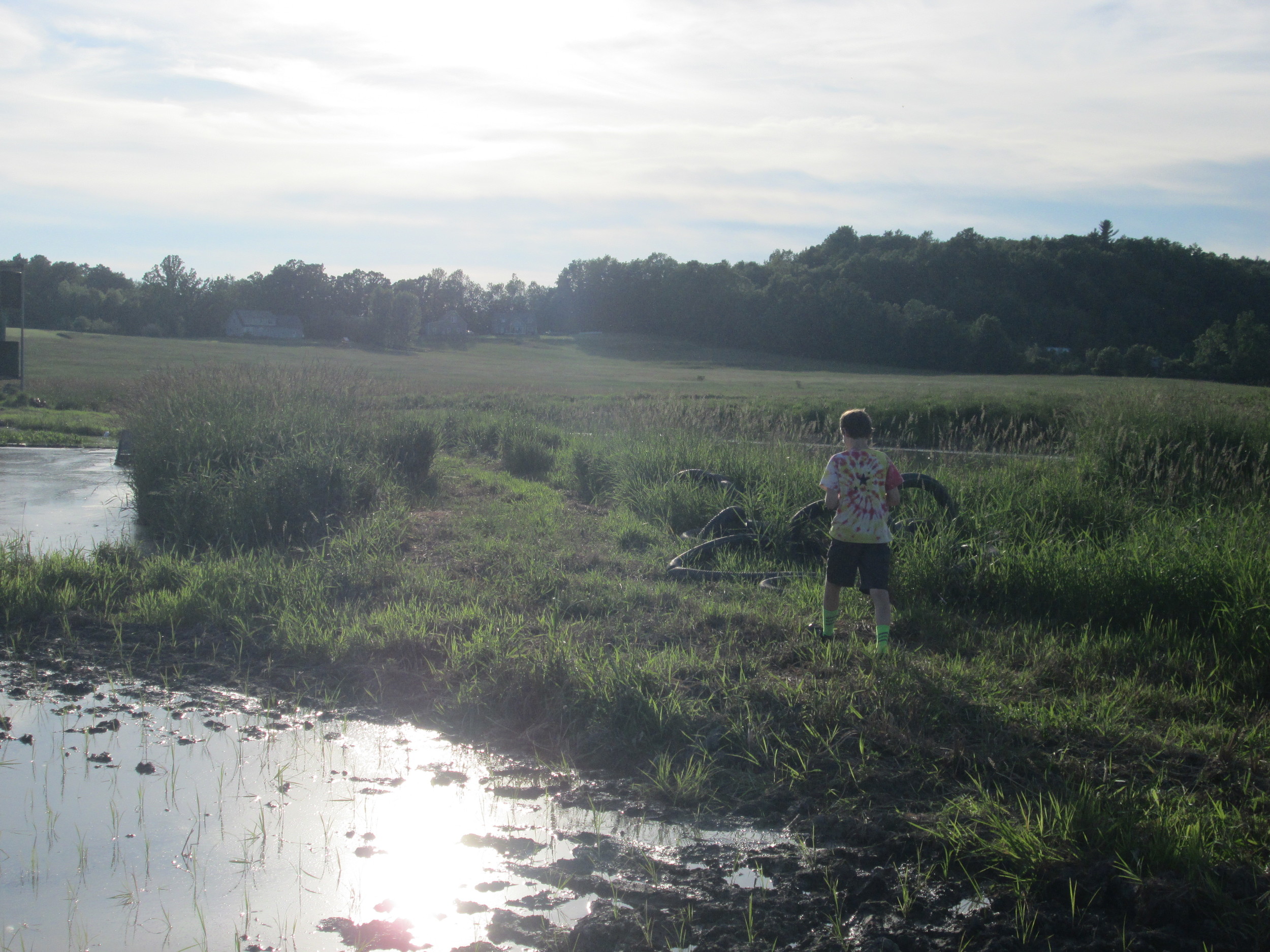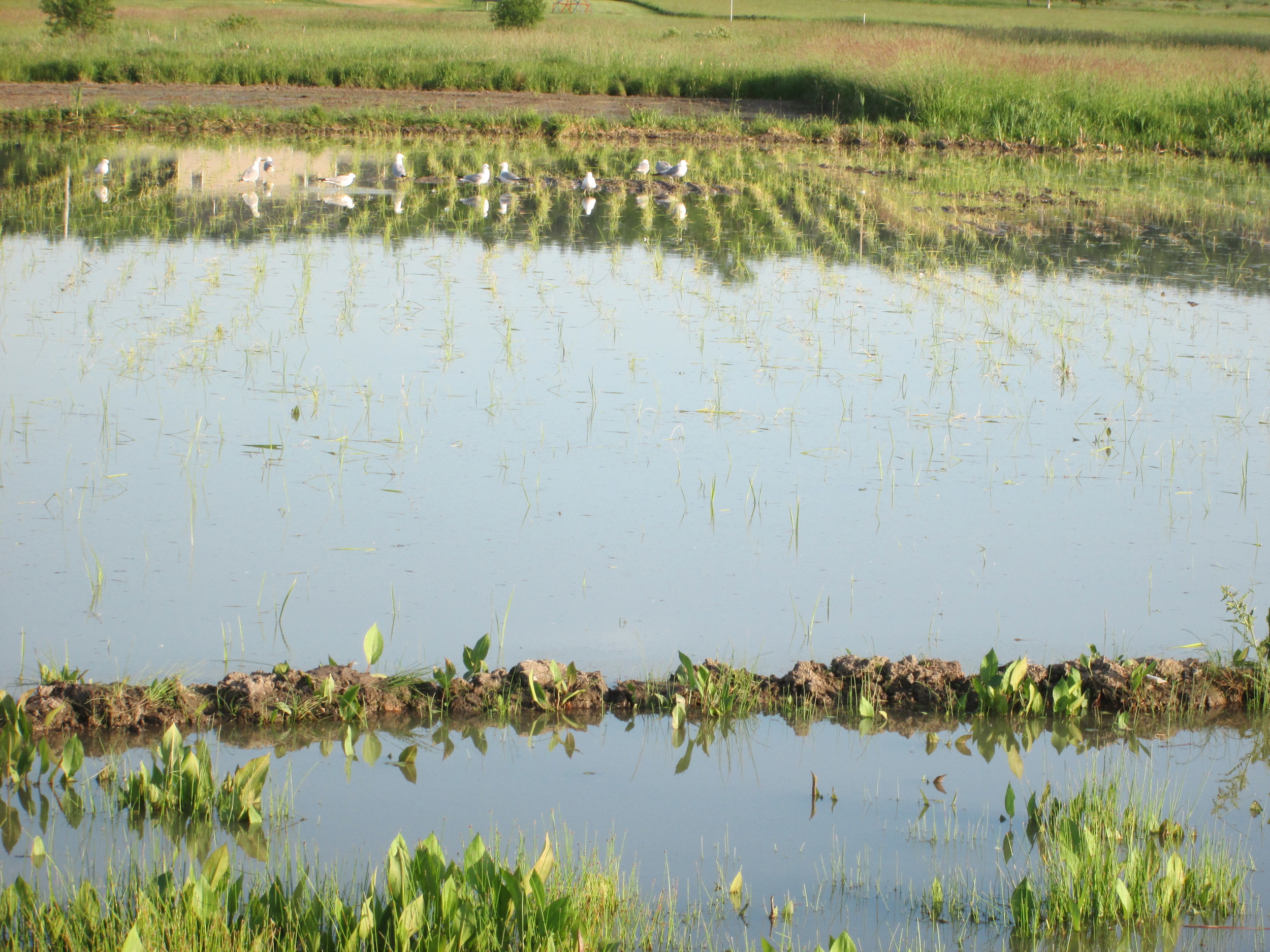
THE RICE FARMING YEAR
Rice farming is a cycle that follows the seasons. The main growing season runs May through September, but there's always work to do!
Early Spring
As soon as the ground begins to warm up planning and preparations begin in earnest. There are two main areas of early work--nursery work and field preparations. In the nursery, frost-protected, irrigated growing space must be created for about 130 trays of rice seedlings or about 260 square feet of nursery area for each acre of paddy. In 2016 we are creating 1200 square feet of nursery area.
The nursery must be protected from drafts and must never become too hot or too cold. This is a big responsibility because losses to seedlings can't be recovered later in the season. Over time we have learned to minimize risk by pushing our planting date back from mid-April to early May, when temperatures are more moderate.
At the same time as this is happening, the field infrastructure needs to be repaired from winter and irrigation equipment made ready. Generally, paddies experience no erosion, being totally flat. However the berms at the edges sometimes need repair, which can usually be done just with a shovel. When the paddies are flooded, we begin "puddling" them, which we do with a rototiller powered by a 34 hp tractor. In traditional systems, oxen or water buffalo pulling simple plows accomplish puddling. Puddling creates a soft substrate to receive transplants and also levels the surface and suppresses early weed growth.
A work party fills transplant trays with soil and compost, April 2012
Seedlings flourish in the protected, fertile nursery environment
Transplanting
Transplanting is the first big trial of the season and is approached with a huge amount of anxiety and anticipation! When the seedlings are about seven inches long and have begun to grow a third leaf, they're ready. The field must be ready to receive them, newly tilled and leveled and containing enough water to ensure the roots are always wet but not so much that the field has deep pockets that are difficult to transplant into.
About the same time as we begin transplanting, our baby ducklings arrive. We incubate them at the farmstead, checking on them morning and night before doing our fieldwork.
When circumstances allow, we use our self-propelled mechanical transplanter, which can plant down up to one acre per day. Field conditions and transplant condition must both be great to permit its use, though. Otherwise, we hand transplant, which requires about 15 person-days per acre! As our operations improve, we find we're able to use the transplanter more and more often.
Once the transplants are in, they have 7-10 days to root themselves before we...
RELEASE THE DUCKS!
The most exciting time of the growing season--hundreds of tiny ducklings released into a huge field! It's a great time. We put up a mesh fence with electric on the outer face to keep the ducklings in and predators out. We also keep up a routine of calling to the ducklings and feeding them a little something every day to keep them connected to us.
The ducks remain in the crop for about 6 weeks. By that time the rice plants will have grown from small three-leaved seedlings to big, tussocky plants filling all the available space. By late July the rice is flowering, with grain soon to replace the flowers. That means time to get the ducks out of the field--their work is done, the health of the crop totally assured, and if they stay, well, then they'll eat the crop we tasked them to help grow. So the ducklings move to a barnyard pond for the next phase of their lives. Some we will eventually sell for eating (dressing out at 2-3 lbs) and others will stay on permanently as part of our duck egg laying flock.
RIPENING
If we've done our job, and if we're lucky, August can mean a little bit of breathing room. Starting early August we let the water out of the paddies and hope for low rainfall and warmth for the coming six weeks. We need firm, dry soil in the paddy to support our combine harvester, and it takes weeks of sustained drying in the fields to produce this. What water is left in the paddy soil is plenty for the plants to continue ripening and hardening the grain.
beautiful rice, ripening in the sun
HARVEST
When the rice is hard enough to crack in your teeth, it's time to bring it in. As with the transplanting, good luck and good preparation can mean that our appropriate-scale machinery can be brought to bear, greatly speeding the task. We have a small diesel combine that harvests a swath about a meter wide. In excellent conditions, it can harvest two or three acres in a day. By contrast, hand harvesting takes about 10 people to bring in a single acre, not including threshing.
However, combining adds a requirement to carefully monitor moisture levels, and to have adequate drying facilities at the farmstead to quickly dry off any grain brought in. Usually, grain coming in from the field has moisture levels ranging from 17-22%, and this needs to be brought down to 14% as quickly as possible. We have several dryers around the place, using air, wood, and kerosene heat in various combinations to achieve the desired result.
Our Kubota/Hitachi tracked combine harvester
MILLING AND MARKETING
Once the rice is dried and in pest-proof storage, the balance of the year remains to process the crop and to plan for next year's crop. We use small-scale machinery to clean debris off the rice seeds and to strip the rice hulls off the seeds. We have an electric rice huller that can produce a high-quality white or brown rice, according to how it's set up. Lastly the finished rice is weighed and bagged.
Milling rice is a noisy job!
We tend to mill in batches so that the rice is as fresh as possible when delivered to the customer!
Our preorder system is now open. Orders received will be made available in late October or early November. We generally keep the preorder store open until sometime in September!


